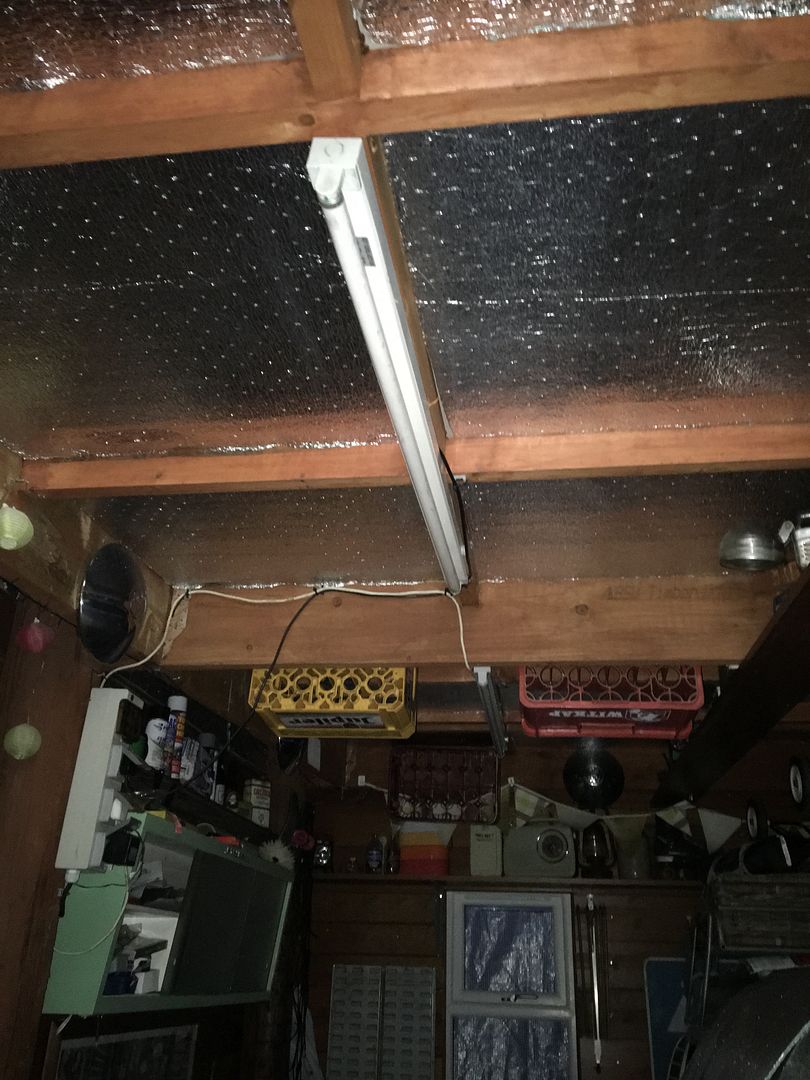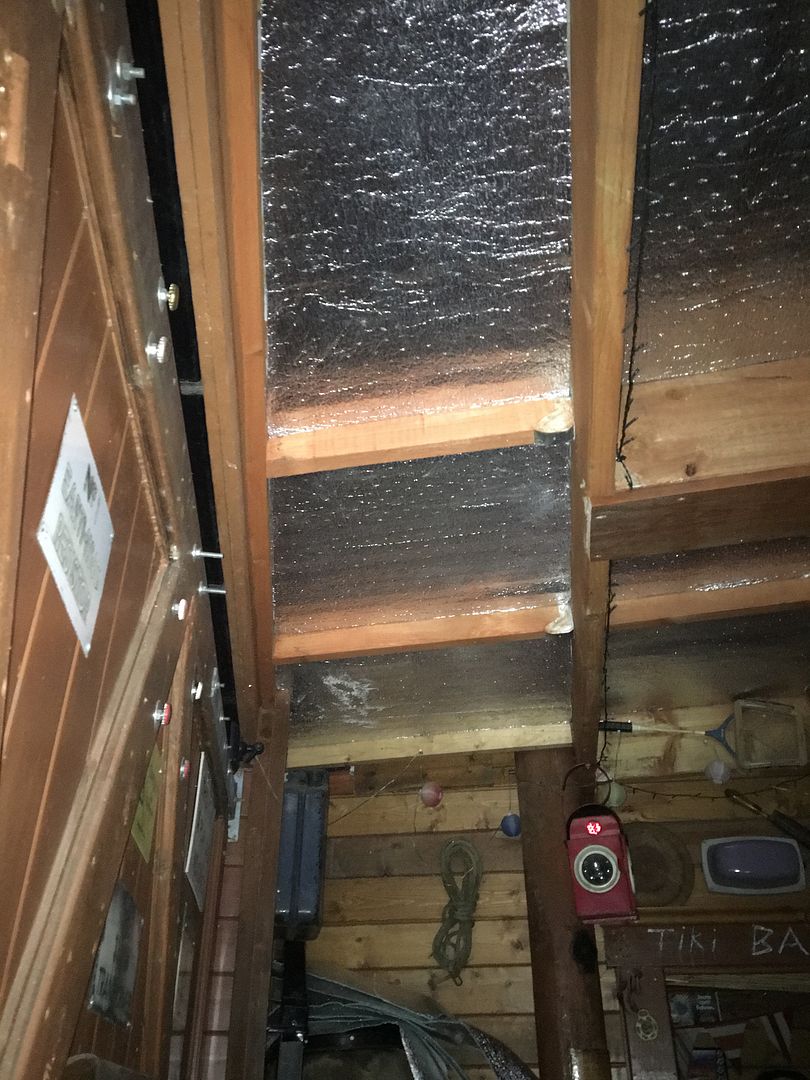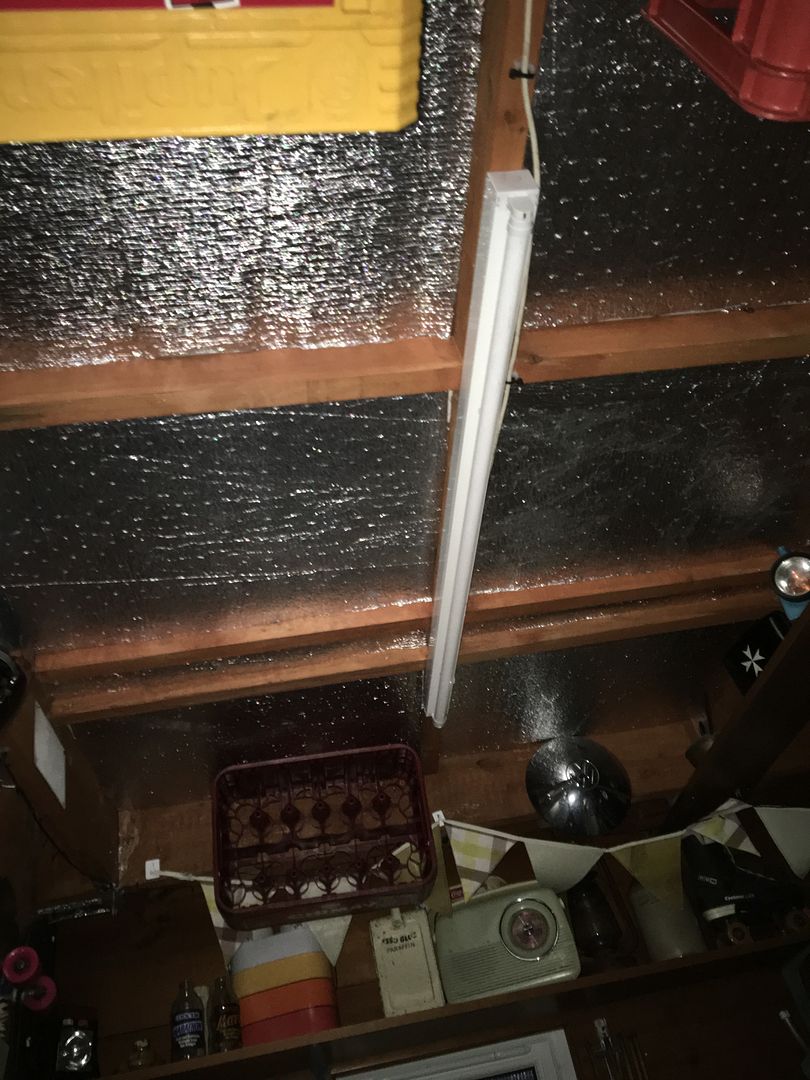ozziedog said:Excellento, that`s a great discussion and Rich has finally got to the crux of the matter in that last post. If you leave them stock they may last longer, if you change anything there will be repercussions, some good some bad. Most of what has been said above ^^^ is pretty accurate. So leave them stock and in a nice warm garage and they might last another fifty yearsor change them a little or a lot to how you want them to work. I`m stock engine because the journey is part of or most of the fun of these, I`m a tiny bit lower so it fits in the garage and I`ve managed to stay away from the heady concoction that is ``slammed`` or the addictive drug of more ponies. I have however fallen under the influence of fidgeting and fiddling and that`s mostly inside (mostly) I`ve insulated the fibreglass pop top with 25mm of celotex and 3mm of foamex and the difference is very good insulation wise. I`m about to do the same in the cab area and the rear area and am a little concerned about getting total contact to the roof structure to avoid a space for condensation to form. I know that the smaller the space the less the condensation etc etc etc but I`m working on it and I think I have a decent solution but as with everything else it needs proving. As with comparisons with buildings, that is not valid unless we are talking about the same materials and I will be interested in this block of flats thing because your man has the same dilemma with the steel part of the construction, he`ll have to get the insulation to encase the steel but as that is almost impossible to get it 100% then the steel will have to be coated first then layered to final insulation level. The big problem with steel is it`s waterproof but thermally conductive as in it will transfer the heat / cold all along it`s length like an rsj or a van panel and the outside temperature needs a barrier between it and us because you can`t heat up the county with your propex but you might heat your van if you can stop the heat escaping a bit. Cavity walls are a different proposition in that they are not waterproof generally and water from rain etc will run down the inside of the outerskin but it keeps the weather off the inner skin and the insulation if it`s not waterproof like fibre batts etc, plus it would need a little air circulation but just a little to stop it stinking up the place. Other insulants are indeed waterproof and can happily touch the outer skin like poly styrene or kingspan celotex carbon coated balls even but the big big big difference is that the outer skin usually is not thermally conductive. They also do commercial outer skins that have insulation formed on them even though they are metal,,, that`s interesting.
Ozziedog,,,,,,,,,,,,,Loving this one :mrgreen:
:lol: love you buddy just what I wanted to say but I'm a bit thicker.".....You need a gap what ever the drain holes as wigg pointed out would act as a vent like in a building the trickle vents ...timber frame more so....what are we on about here vans or buildings :roll:

























